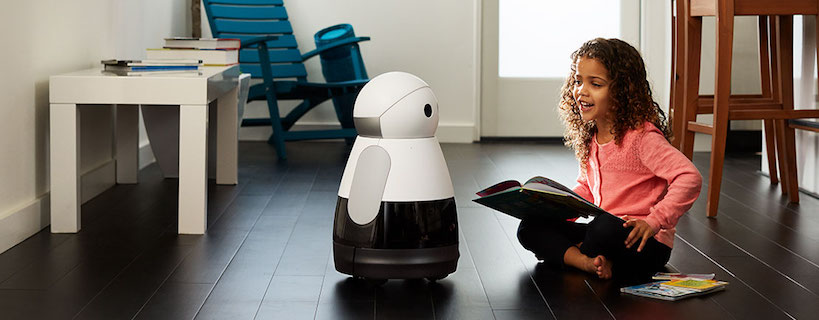Like many in the tech space, we believe robotics is changing the nature of work; however, public perception of robots is still a question mark. We developed our Robot Fear Index to measure and track the average consumer’s perception of robots. We asked over 500 US consumers about topics ranging from their use of robots at home to their comfort level with self-driving cars. Then we distilled the data down to an index value that we will publish regularly. An index value of 100 suggests widespread and extreme fear of robots; an index value of 0 suggests minimal fear of robots.

Consumer adoption of Artificial Intelligence and robotics is already quite broad. Consider how often you see someone dictating a text message to Siri or using the self-checkout lane at the grocery store. Our data shows that 68% of US consumers have used a digital assistant and 68% have used some sort of robotic technology in the last three months. And yet, fear of robots is also pervasive. We fear that they’ll replace our jobs or somehow overthrow us; and to be blunt, those fears are valid. To quantify, 14% of consumers say that robots make them nervous and 46% suggest that they simply aren’t interested in robots. Our Robot Fear Index value of 31.5 suggests that, on balance, we’re cautiously comfortable with robots. Let’s look at what’s driving this perception.
We see digital assistants as an onramp to AI and robotics for many consumers. While we put digital assistants in the AI category (the brains behind machine capability), AI is oftentimes an integral part of robotics (the braun behind machine capability). And we believe that comfort with AI will drive comfort with robotics. Again, the data shows that 68% of consumers have used a digital assistant. Among them, roughly one-third use a digital assistant once a day or more.

Use of robotics is also widespread. Granted, our definition is broad, including: self-checkout lanes and digital assistants. But these are important uses cases, because we believe that fear of robots will decrease as basic consumer usage increases, and our Robot Fear Index will track these changes. Somewhat surprisingly, 16% of consumers have tried robotic tech, like a vacuum, for household cleaning and 15% have used a robotic toy (check out our experience with Anki’s Cozmo here).

But the Robot Fear Index could very well rise. For example, we would expect the index value to increase following a fatal crash involving a self-driving car or a faulty surgical procedure performed with robotic assistance. At this point, 14% of consumers say that robots make them nervous and 46% say they’re not interested in using robots. We also look forward to tracking these values as the field of robotics advances and consumer adoption marches on.

There are two sides of the coin driving consumer perception of robotics: adoption of the more accessible and convenient technologies leveraging AI and robotics on one side, and uncertainty of what may be in store as AI and robotics replaces an increasing set of human work. We think our index value of 31.5 quantifies this cautious comfort with robots and we’re looking forward to updating the Robot Fear Index regularly as we track the progress of the robotics theme.
Disclaimer: We actively write about the themes in which we invest: virtual reality, augmented reality, artificial intelligence, and robotics. From time to time, we will write about companies that are in our portfolio. Content on this site including opinions on specific themes in technology, market estimates, and estimates and commentary regarding publicly traded or private companies is not intended for use in making investment decisions. We hold no obligation to update any of our projections. We express no warranties about any estimates or opinions we make.
